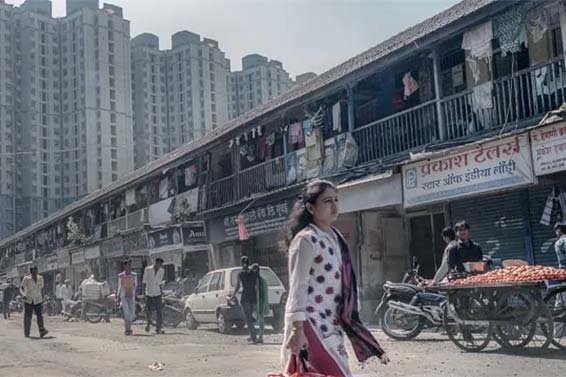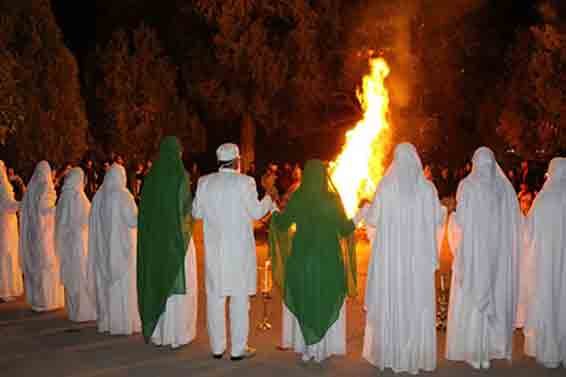Parsi trail: A tale of near extinction
The heady fragrance of ‘patra ni machi’ – fish smeared with green chutney, wrapped in banana leaves and steam cooked – now exists only in memories and anecdotes. Even the sheer joy of sharing a bowl of dhansak – a slow-cooked, spiced lentil, vegetable and meat stew – at a potluck party is a thing of the past.
The once-magnificent Parsi neighbourhoods of the city in the 1960s, mostly spread around beach area, have now receded into oblivion.
In the port city, shockingly, the number of Parsi families is down to 1. The Engineer family – last of the Parsis left in the City of Destiny – too is struggling to hang on to their identity.
For Phiroze Engineer there’s a vast difference between the Vizag of the 1960s and Visakhapatnam of 2019. “In the 60s there were 10 to 12 Parsi families in Vizag. Now, we are the only family left here in this port city. To be precise, my mother and I are the only two Parsis living in Visakhapatnam,” said Engineer, sitting in the drawing room of his Beach Road apartment. Though Behram Chinoy, another Parsi, has his home in Visakhapatnam, he is not a permanent resident of the city.
In the early 20th century, the Parsi community flourished in the port city. However, unlike other parts of the country, Parsis here were not predominantly businessmen. They had migrated for jobs.
“The history of Parsis in Visakhapatnam dates to the middle of the 19th century. By the 20th century, the Parsi community flourished in Vizag. As far as I could recollect, in the 1960s most number of Parsi families used to live here,” said Engineer.
However, post retirement most of them moved back to their hometowns. “There’s nothing of Zoroastrian religion in Vizag. This could be one of the reasons why all Parsis have gone back to their hometowns post retirement and never settled here. I stayed back because, over the years, I had become a part of the city and consider myself a ‘native’,” said Engineer.
Originally from Ahmedabad, the Engineers settled in Visakhapatnam in 1955 to set up an ice factory. Ice produced in their factory used to cater to the trawlers and boats of the fishermen. There were a few businessmen too, like the Kapadia couple. In the Kapadia family the husband used work in HPCL while the wife used to run a steam laundry business.
Those days (1960s) Parsis used to hold potluck parties every weekend. Special events were organized on Navroze, the Parsi New Year. Then there were occasional picnics during the winter months.
Parsis were sports enthusiasts too. Engineer’s father had started a cricket club in Visakhapatnam in the late 1950s. Even now, Engineer can be spotted at the tennis court of the Waltair Club every morning.
However, there is no Parsi Fire Temple or Tower of Silence in Visakhapatnam. Parsis in Visakhapatnam call priests from the Fire Temple in Hyderabad to organize their rituals. For Navjote – the ceremony through which a Parsi boy or a girl is inducted into the Zoroastrian religion – they used to visit the Hyderabad Fire Temple.
“Parsis in Visakhapatnam bury or cremate the bodies of those dead. When my father passed away, we cremated his body,” said Engineer.
Staying in this Andhra town for decades, the Engineer family has developed a Telugu culture. What they eat at home is Telugu food – pappu, pulusu and curd rice have become a staple diet for the family.
So, are they still in touch with their old Parsi friends? “Yes, I am in touch with them. And, when they ask me ‘How is my Vizag’, I always tell them that it was a small charming town, now no longer the same,” Engineer says with a grim face.





